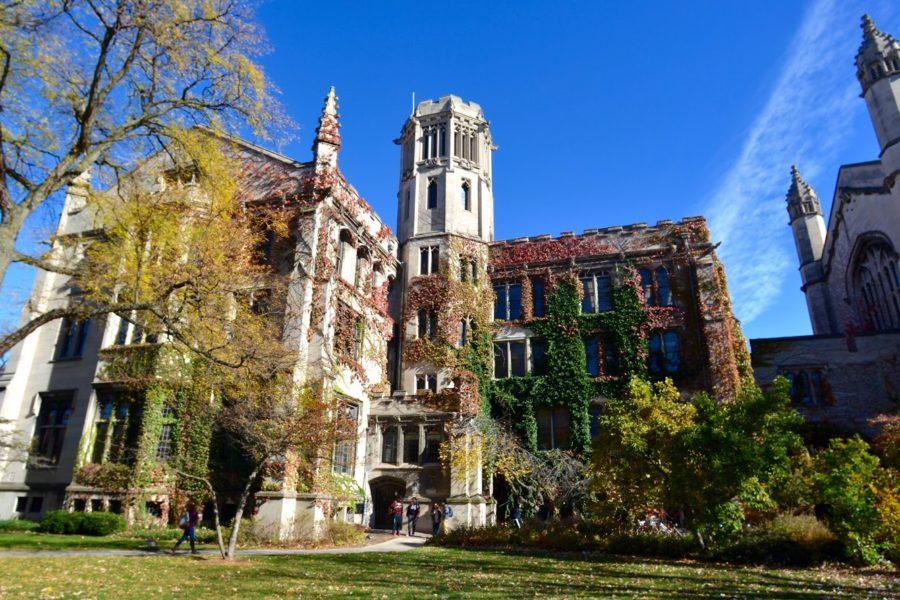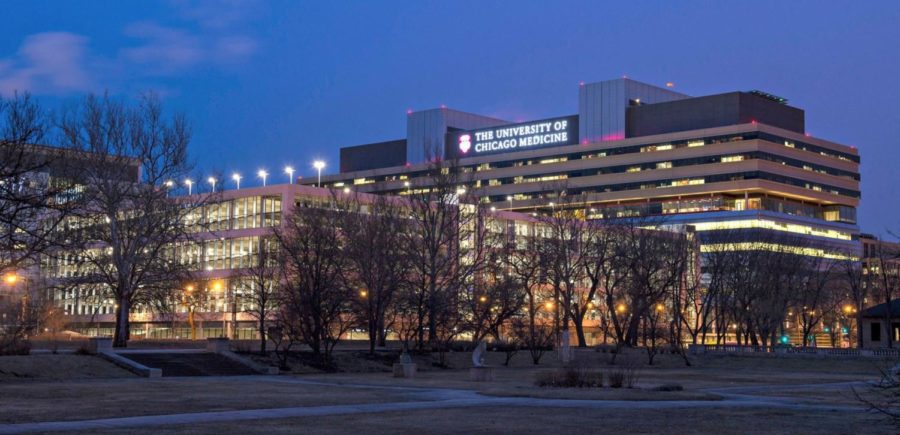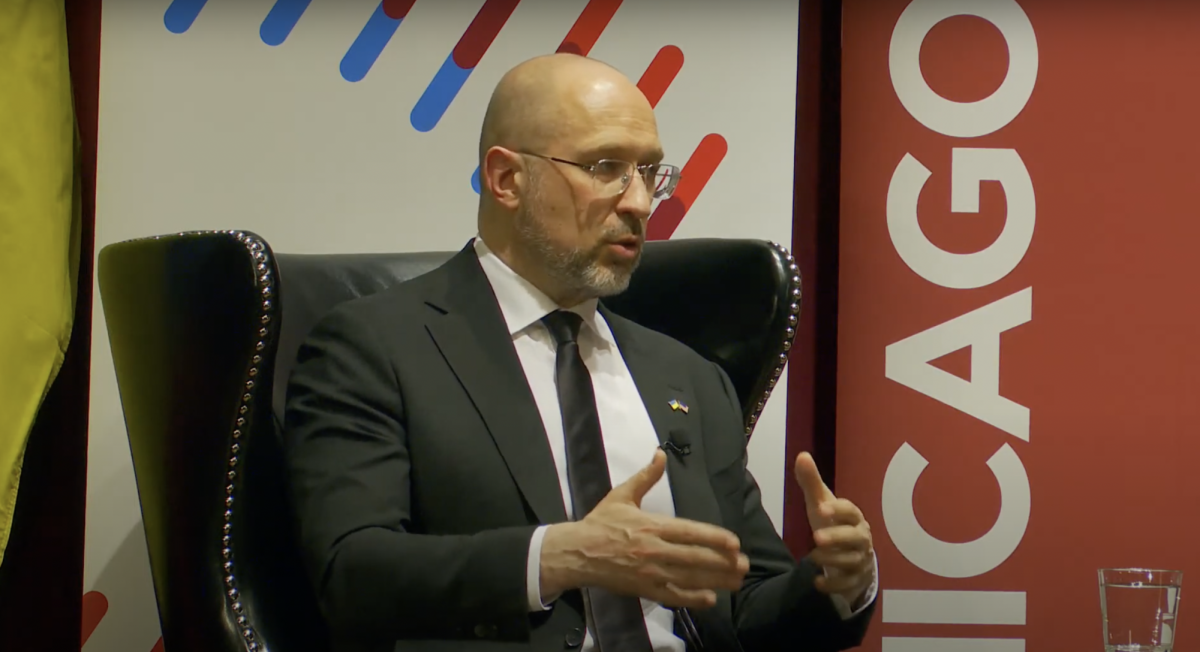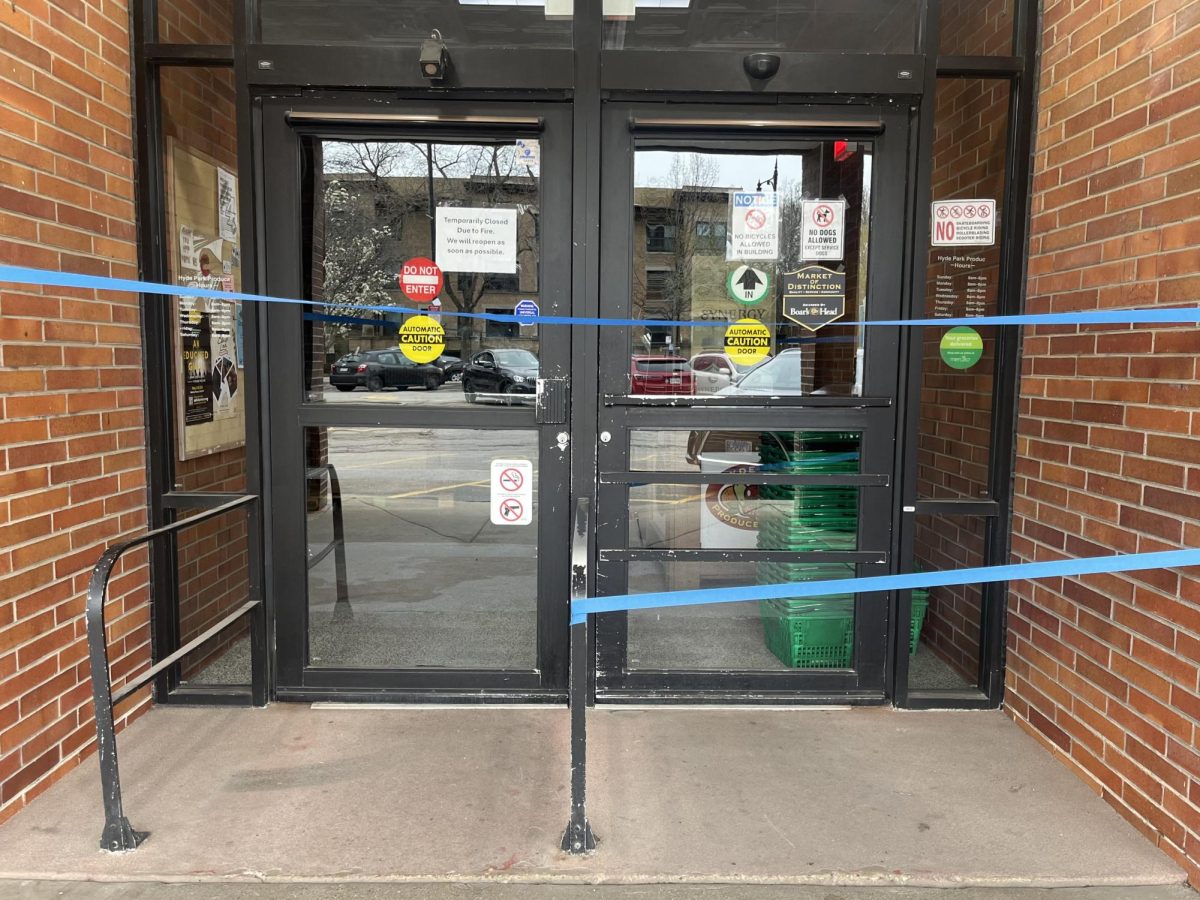The Chicago City Council could redistrict its fifth ward this fall, following the release of 2010 Census data reflecting a population decline in several South Side neighborhoods.
The current fifth ward boundaries include large parts of Hyde Park, running west from South Cottage Grove Avenue to Lake Michigan, and stretching as far north as East 53rd Street. According to Alderman Leslie Hairston, the fifth ward will most likely expand further north to include parts of Kenwood—currently Alderman Will Burns’ fourth ward—and possibly Alderman Robert Fioretti’s second ward, closer to the South Loop.
Hairston said redistricting will not affect her leadership role.
“I’ll continue to serve the people, whoever they may be,” Hairston said.
Gentrification led to declines in the Lower West Side’s Hispanic population of about 25 percent and in Woodlawn’s black population of about 19 percent, according to the February 25 Chicago Tribune article, “Census shows changing neighborhoods.”
However, while the Tribune article attributed the population shift to gentrification, both Hairston and Hyde Park Progress—a community blog with an anti-Hairston slant—argue that gentrification alone is not responsible for the redistricting.
“There is no gentrification in the fifth ward. Nothing was torn down. People just leave. People move in and out of neighborhoods all the time,” Hairston said.
While Hyde Park Progress blogger David Hoyt agrees that gentrification is not a direct cause of the ward’s population decline, he does acknowledge a correlation.
“It may be easier for middle class and affluent whites to make it [in the fifth ward] than poor blacks which would be separate from a distinct relationship from one group kicking out another,” Hoyt said.
Richard Gill, another contributor to Hyde Park Progress, said in an email that aldermen will likely attempt to manipulate the redistricting process in an effort to improve their reelection chances.
“I believe the present redistricting process is going to be a real battle,” Gill wrote. “There will be winners and losers, and coalitions of aldermen united to get the ward boundaries in their collective favor.”
However, according to Hairston’s publicist Carole Parks, the aldermen are not involved in the redistricting process. When the City Council finalizes the new districts the changes go into effect for the next aldermanic elections.
With 46,263 constituents, the fifth ward is now only larger than the third, ninth, 16th, and 17th wards in population, according to figures cited in the February 22 Chicago Business article, “Census finds huge changes in Chicago wards’ population.” The new boundaries will be drawn so that each of the affected wards consist of roughly 54,000 people.
Hoyt said he fears that, if Hyde Park is incorporated into a larger ward, it will be harder to take any kind of political action beyond the local community.
“Chances are [redistricting] will make it harder than ever before for the neighborhood’s tradition of ‘independent’ politics…to get translated into action on a city-wide level,” he wrote in a February 23 post titled “South Side Politics is About to Change Big Time.”
Still, both Hairston and Hyde Park Progress writers acknowledge the possibility that redistricting could benefit Hyde Park in the long run.
“Hyde Park will remain Hyde Park and racially diverse, but it will be a good change to introduce new constituents and expand,” Hairston said.
Hoyt believes that Hyde Park’s location straddling the fourth and fifth wards have allowed politics to split the community.
“You have two aldermen in two wards who have to deal with more or less the same community and it would be good if Hyde Park would be represented in a single ward,” Hoyt said.
Hairston has held her position for 12 years and has witnessed one previous ward redistribution. She is skeptical that new boundaries will change the community’s political makeup.
“New wards simply mean that Obama used to live in the fifth ward, but now his house is in the fourth when he’s not in Washington, D.C.,” Hairston said. Hoyt sees a “huge political implication” in the way redistribution will affect U of C’s relationships with the community, as well as Hyde Park’s representation in City Hall.
“It could make the University too powerful, or not powerful enough, because the University [currently] has to spend its time courting two separate aldermen, and that has its disadvantages,” he said in an email.
—Additional reporting by Vincent Yu









